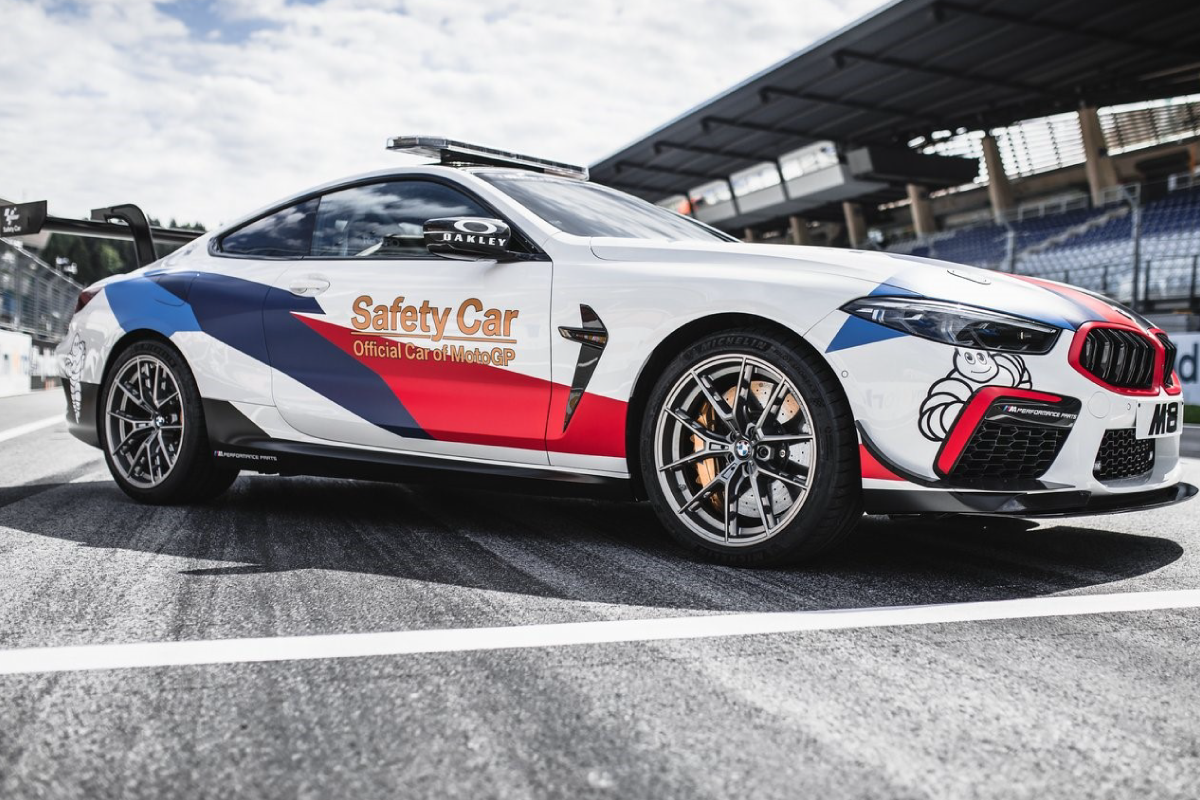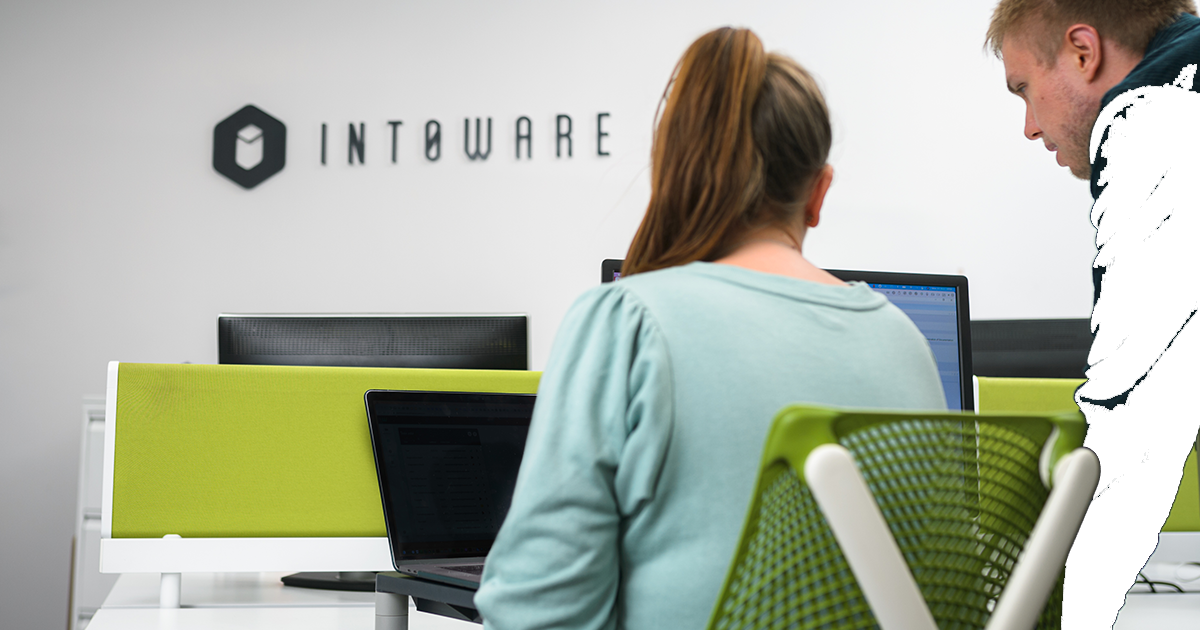A novel workflow tool has been trialled by Network Rail on the East Coast Main Line in northeast England to combine the benefits of monitoring overhead lines using drones with the elimination of paper-based processes at the worksite.
Maintaining 25 kV 50 Hz overhead line equipment remains a constant challenge for Network Rail’s works delivery teams. When inspecting live overhead wires, maintenance staff are still required to climb catenary masts to be close enough to conduct audited asset inspections.
For obvious reasons, this brings significant risks for the maintenance team, and NR has been looking at options to reduce the scale of the safety challenge related to this activity. The result has been a ‘connected worker’ trial that combined drones and digital workflows to ensure worker safety, while also reducing asset failure rates and costs.
Minimising human intervention
In 2021, visual intelligence provider Cyberhawk partnered with workflow automation specialists Intoware to provide a powerful integrated tool that combines drone imagery and visual platforms with digital workflows.
Cyberhawk and Intoware demonstrated that by combining robotics (unmanned aerial vehicles), wearables and digital workflows into one ‘single source of truth’ known as iHawk, NR could deliver a more robust maintenance plan leading to fewer track possessions.
Using drones, maintenance staff are able to collect highly detailed visual data without putting themselves in harm’s way. UAVs can make routine inspections safer and faster because running lines do not need to be closed and the need to work at height is significantly reduced. Fewer staff are needed at worksites, meaning ‘boots can be taken off the ballast’.
.jpg)
However, to fully realise the potential benefits of UAV monitoring, NR’s own workflows would also have to change significantly. Its local works delivery team still relied on paper-based legacy tools for asset audit inspections, often leading to delays as reports would be completed manually and then written up days later.
As part of the trials, NR agreed that the ‘connected worker’ model would be developed to enable engineers to combine aerial imagery with ground level inspection data made accessible in a central data repository. This was intended to deliver faster and more accurate ‘real-time’ asset reporting across these teams.
Intoware’s WorkfloPlus had shown a 70% productivity improvement when trialled by track renewals team sat NR’s Aston Depot in July 2020, and this success prompted NR’s electrification maintenance team to adopt it as part of a connected worker proof-of-concept trial that started in July last year at Belford near Newcastle on the East Coast Main Line.
With Intoware’s support, NR’s team digitised a series of legacy, paper-based inspection processes. This meant working with frontline staff on the ground to fully understand their activities, assess issues and challenges and design, digitise and standardise workflows to meet existing needs while also seeking to unlock time, safety and sustainability benefits.
Unlocking drone data
The four-month trial combined Cyberhawk’s iHawk visual intelligence tool with the WorkfloPlus software to support the catenary inspection task. WorkfloPlus draws on the cloud-based visual data to give site engineers step-by-step work instructions on tablet PCs to complete maintenance tasks. This replaces the use of paper methods at the worksite.
iHawk’s map-based interface is integrated into WorkfloPlus to provide highly detailed 360-degree images of the overhead wires and related assets. The user also receives accompanying trend data from previous audits. This approach means warnings or anomalies can be highlighted at one specific location, and NR gains a record of who was responsible for each inspection, giving on-site staff a clear audit trail. The teams can also see how interventions and inspections over time have affected the assets at that location, facilitating better decision which is as close to ‘real-time’ as possible.

As Intoware’s platform provides standardised and consistent workflows, NR’s teams knew what data needed to be collected as they were guided through the process. The instructions showed what to check, the nature of the photographic evidence needed, and how to report asset condition. This meant that the data was always right first time, significantly reducing the need to take further re-assessments on site because of incomplete data.
This ‘proof-of-concept’ trial demonstrated that frontline engineers can save time in the setting-up, running and reporting of each wire run inspection taking one hour to complete, improving productivity and reducing costs.
WorkfloPlus was also proven to increase both the accuracy and visibility of data as the results were uploaded on site and shared instantly with colleagues, eliminating the need for time consuming paper preparations out in the field. While the number of staff required track side was also reduced, improving worker safety.
Discussions are now underway within NR to deploy the connected worker approach across the works management teams on the rest of the ECML.
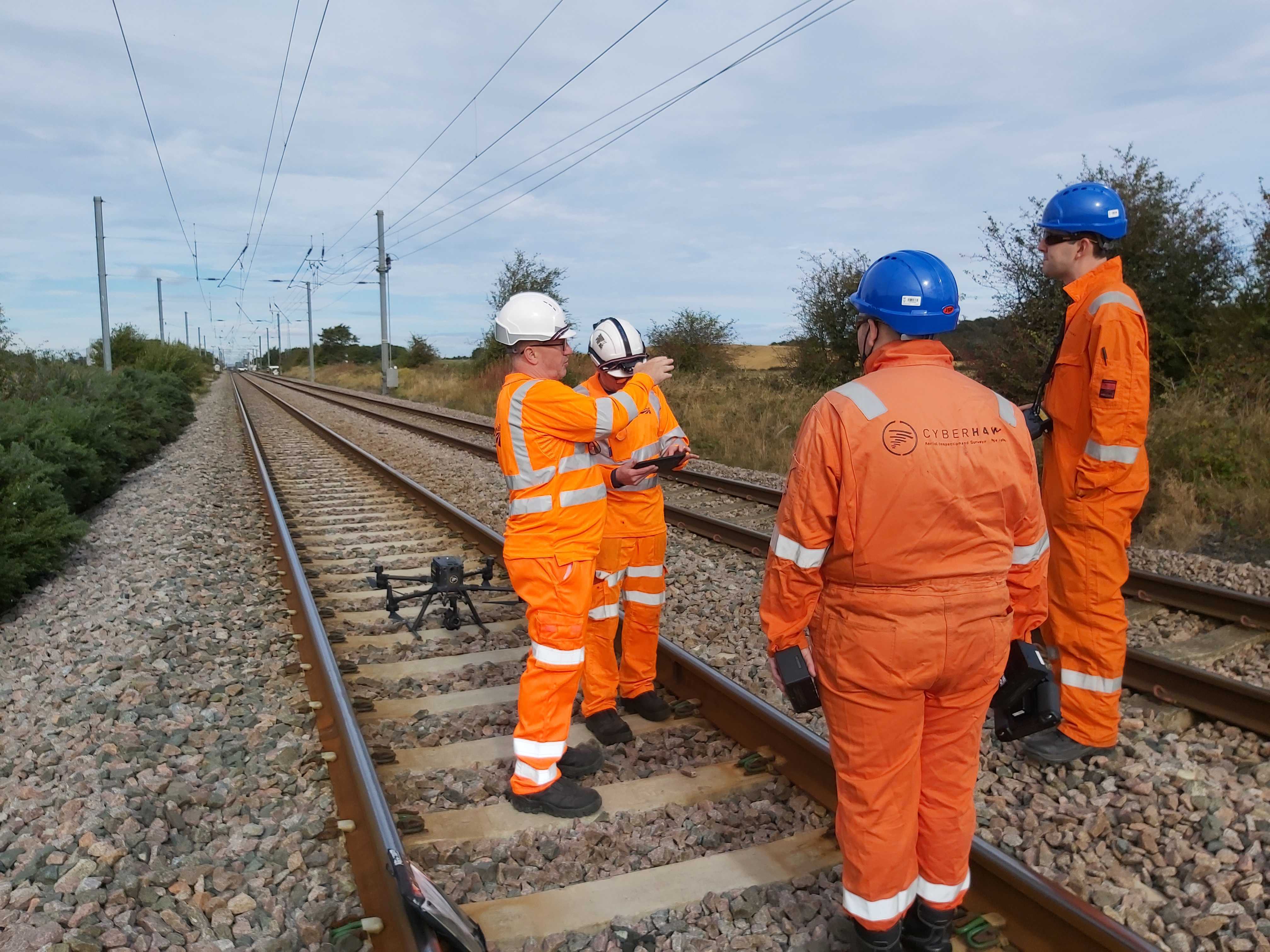



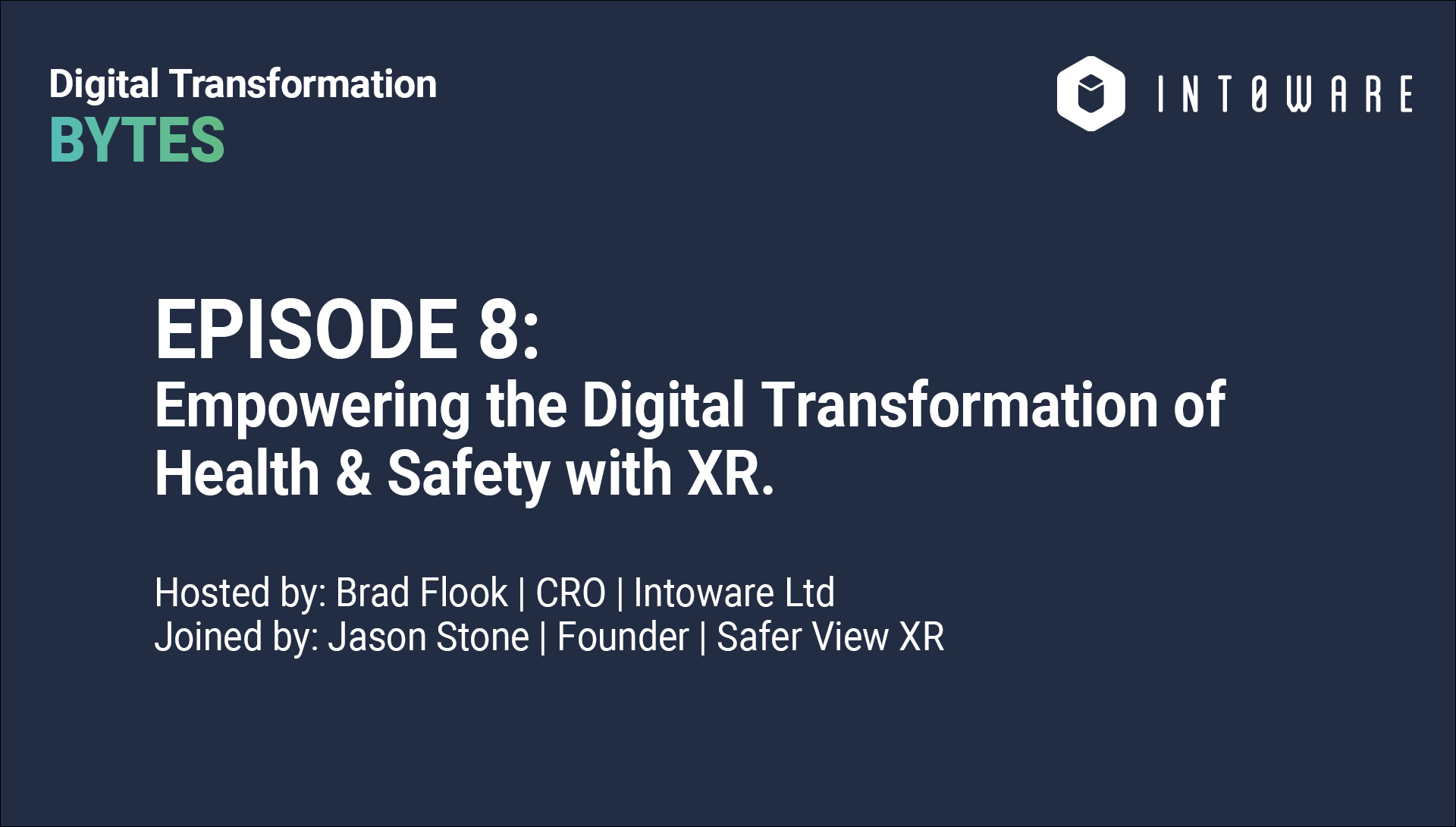








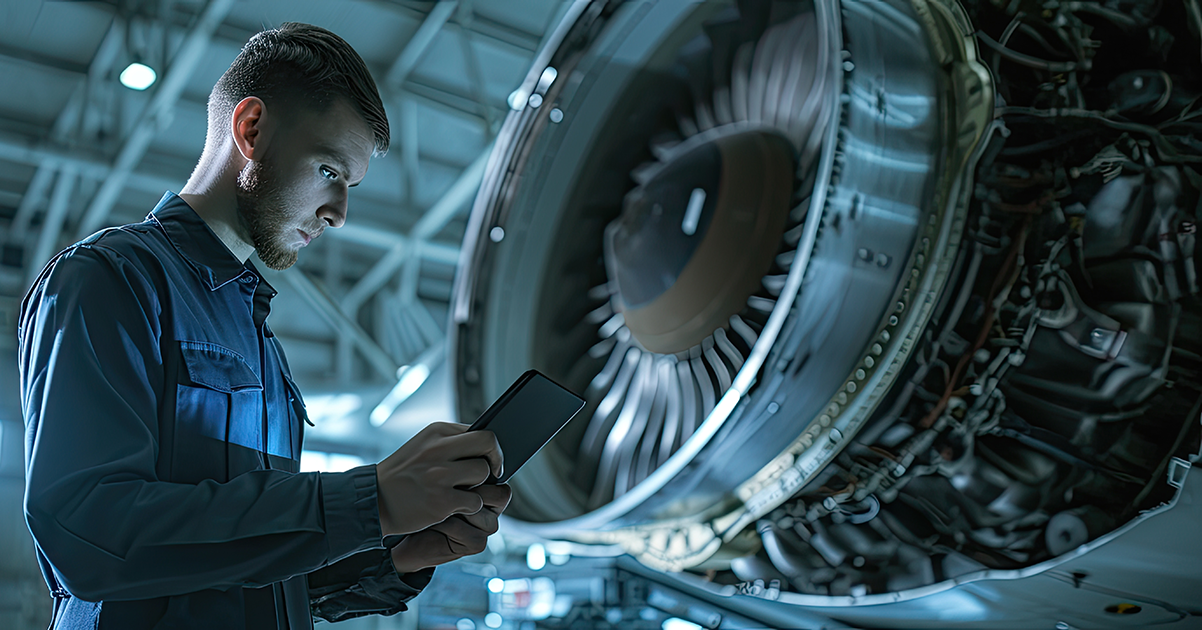
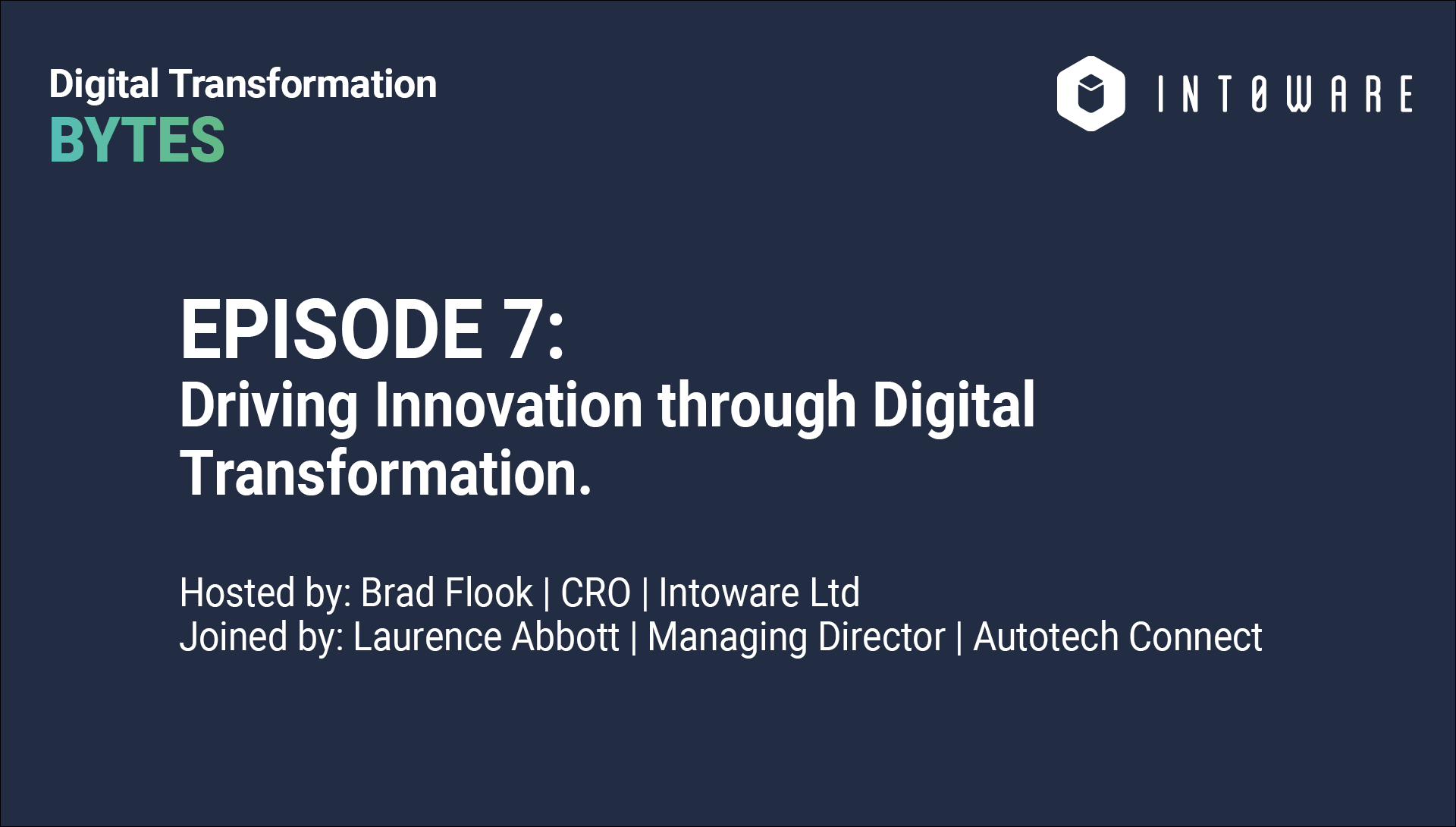



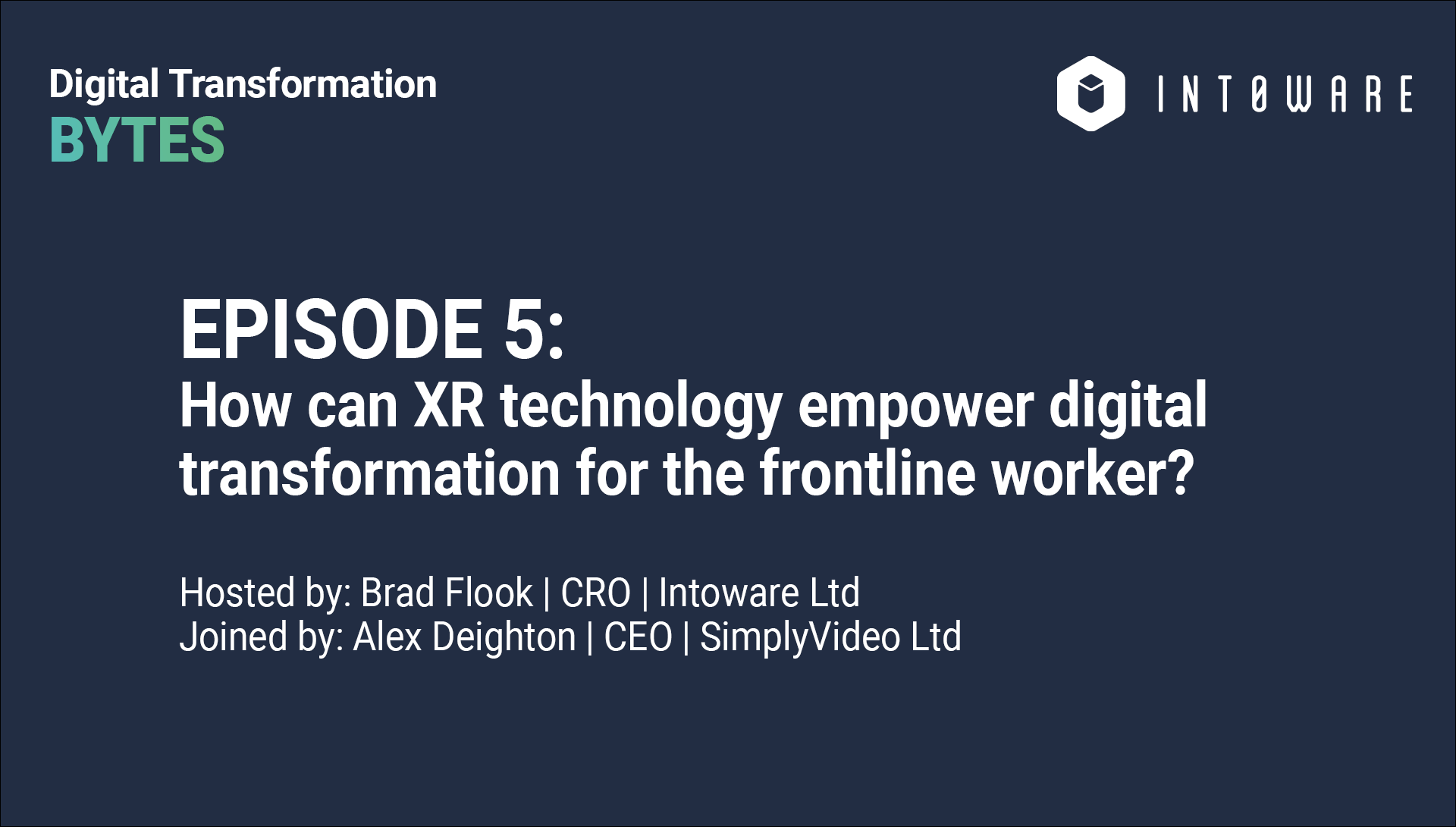



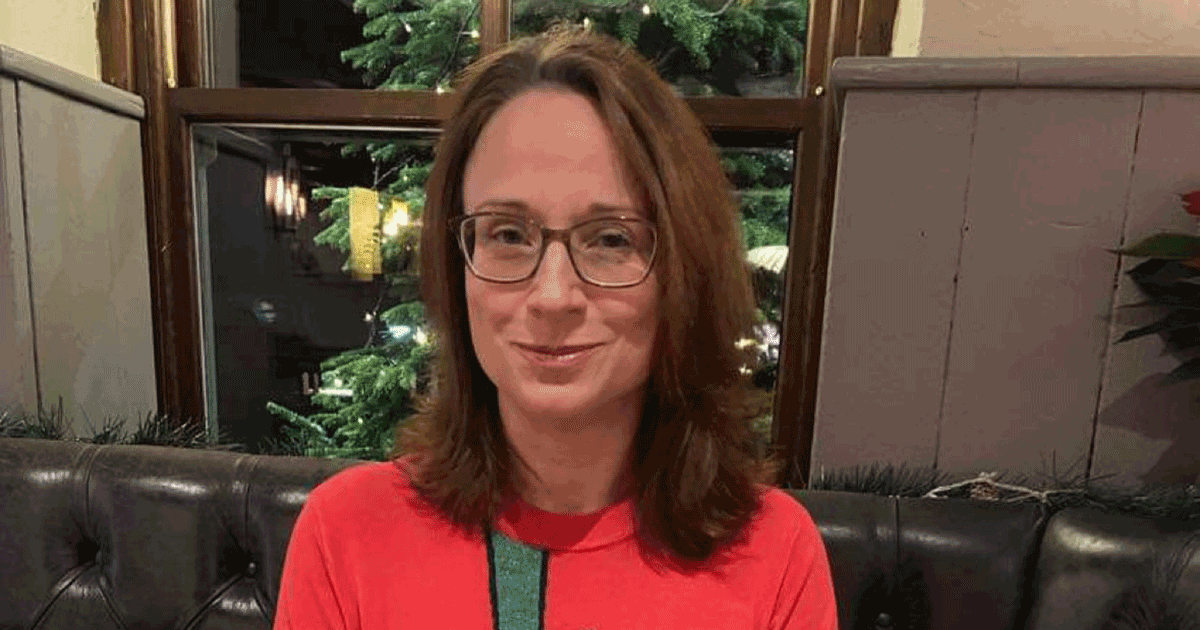





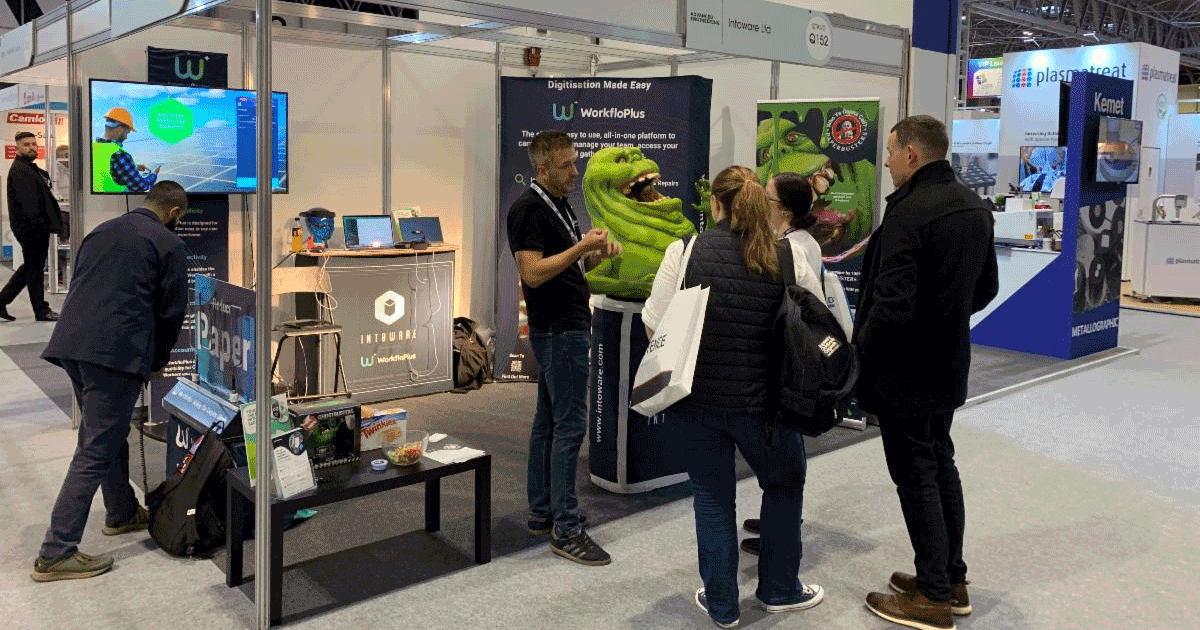
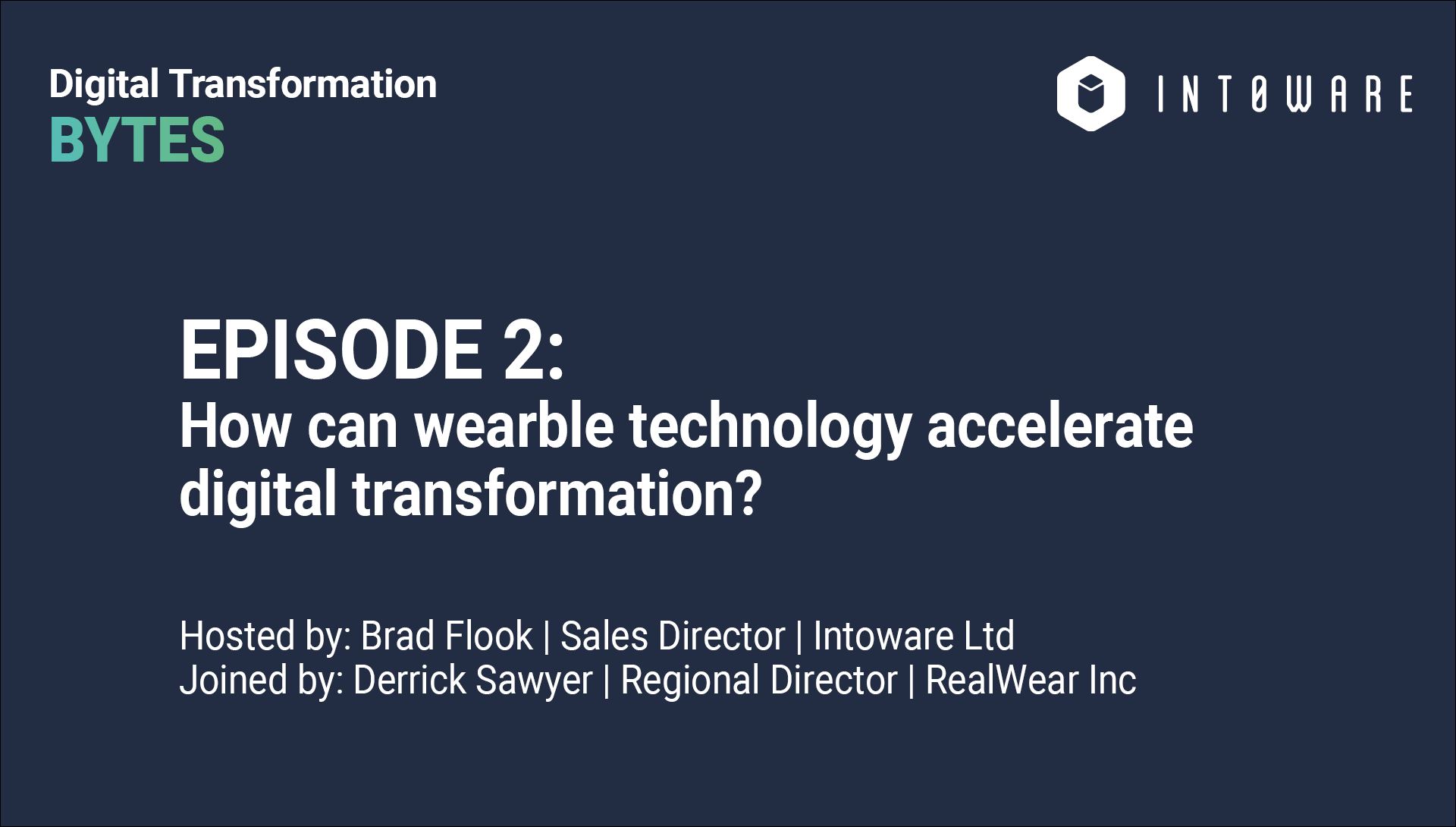




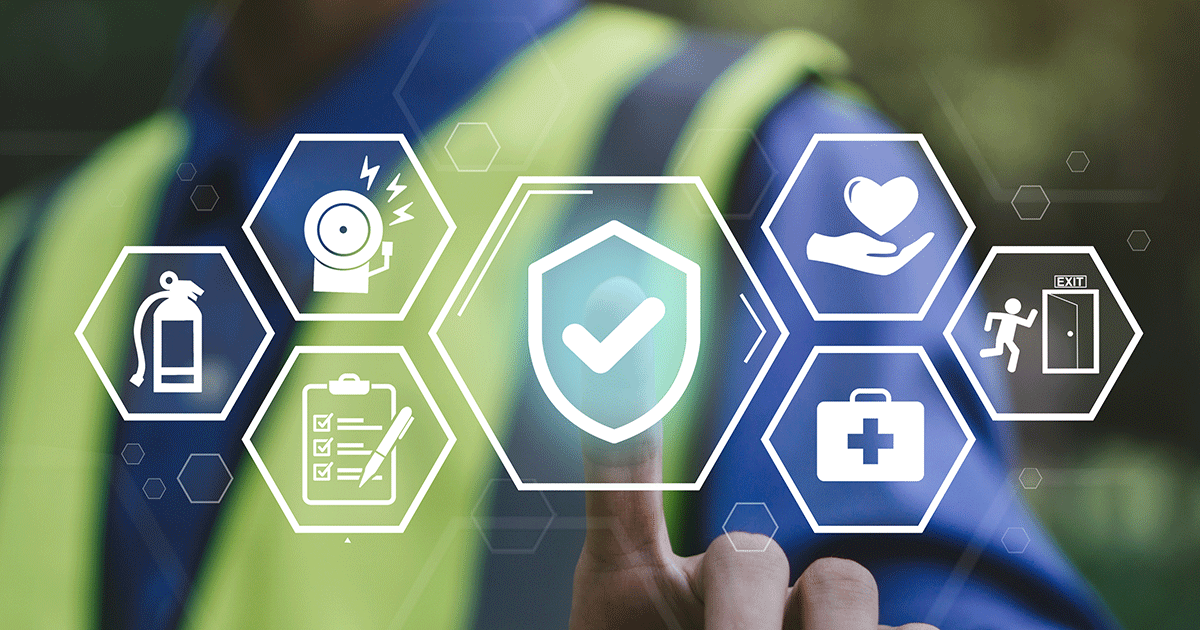

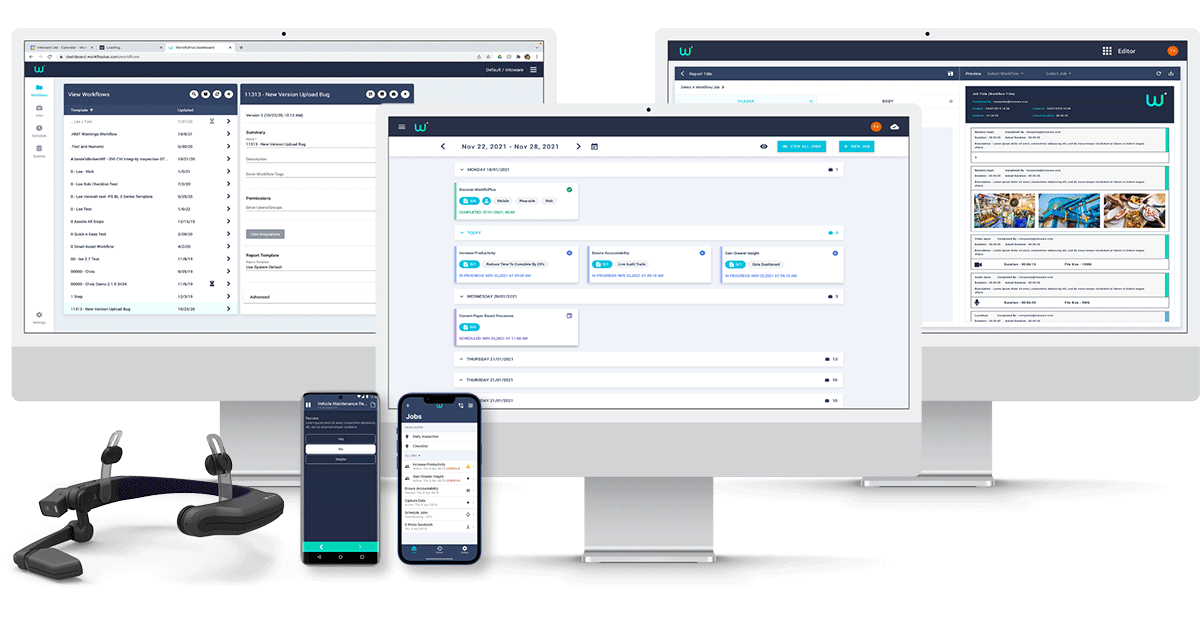


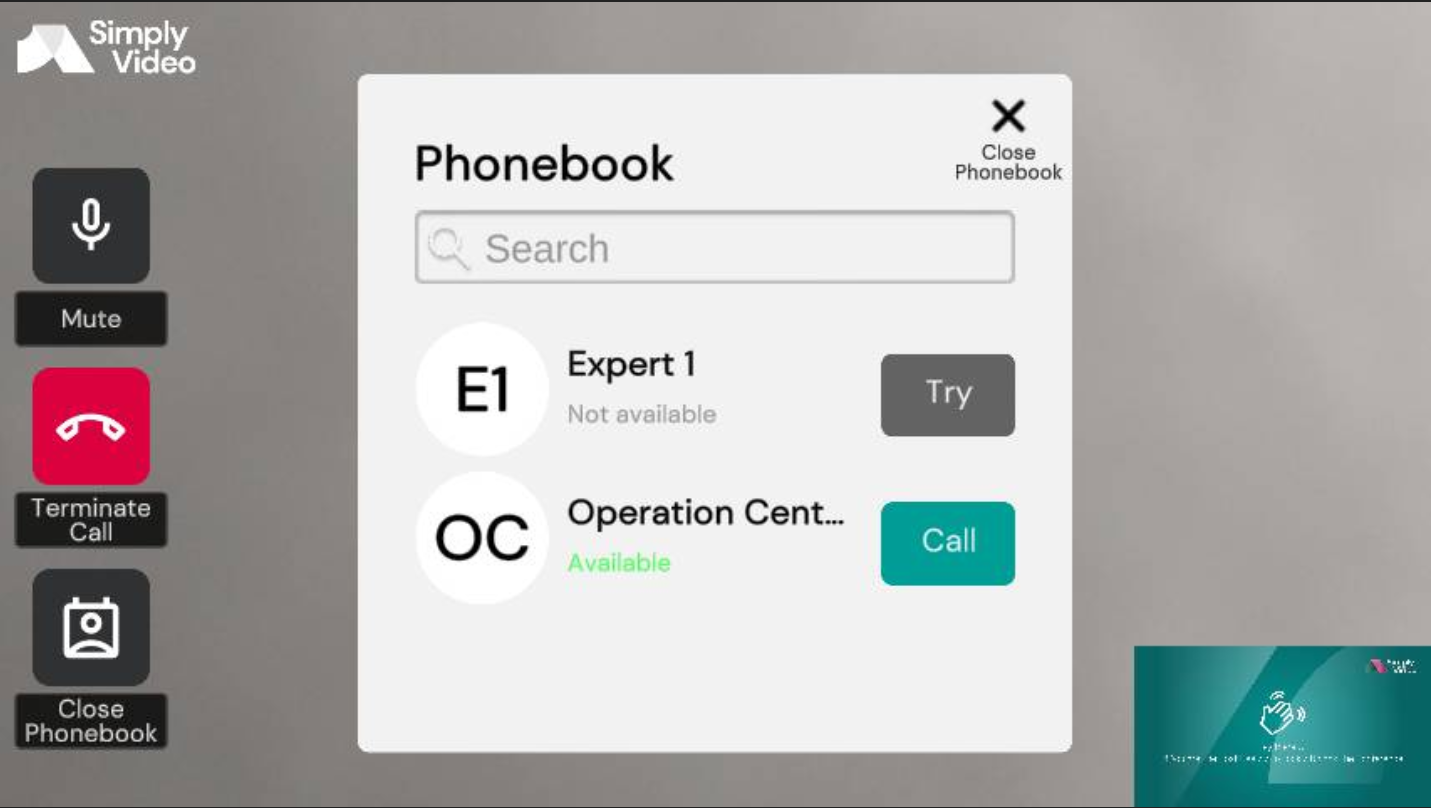



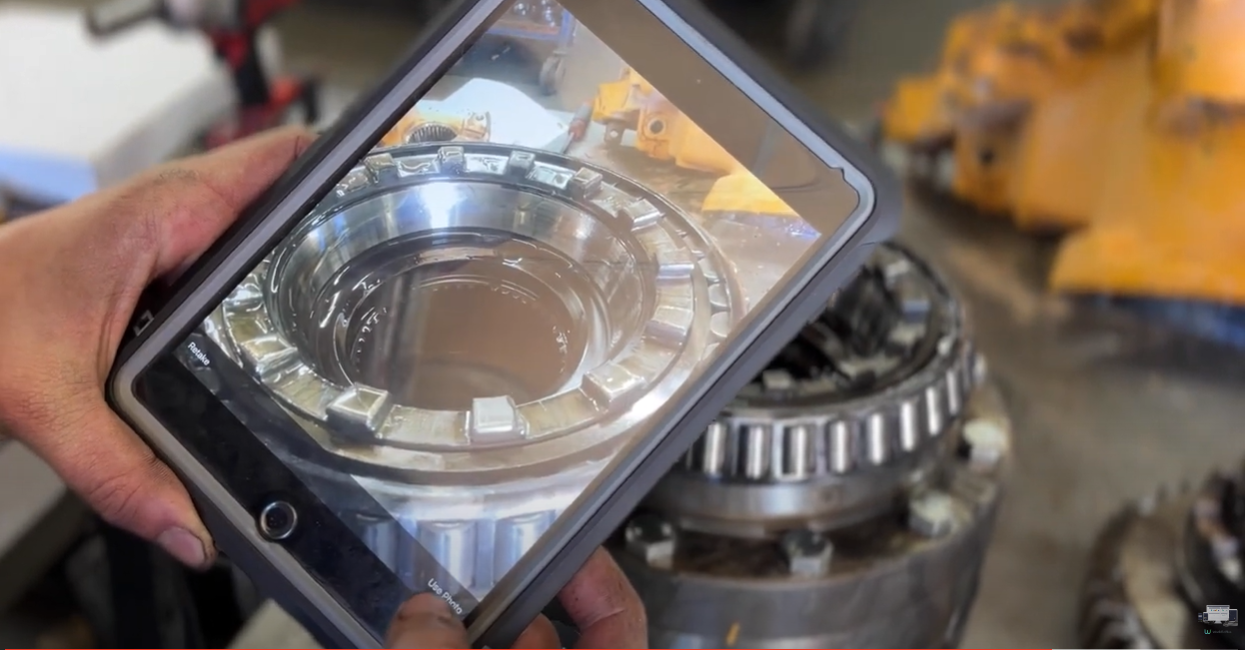
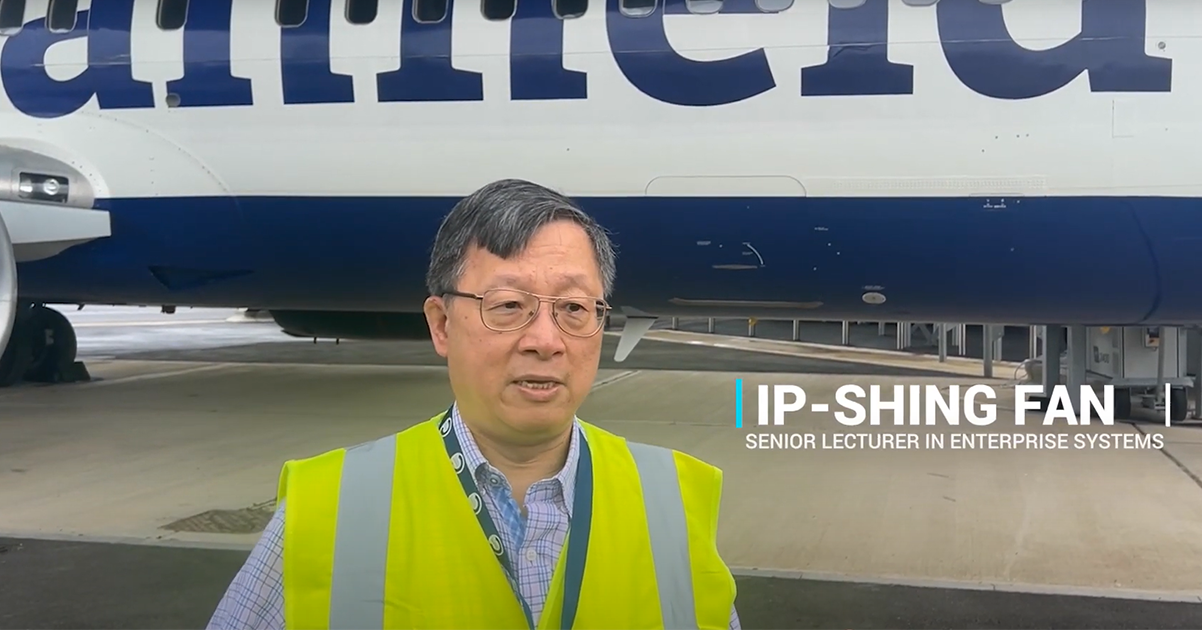



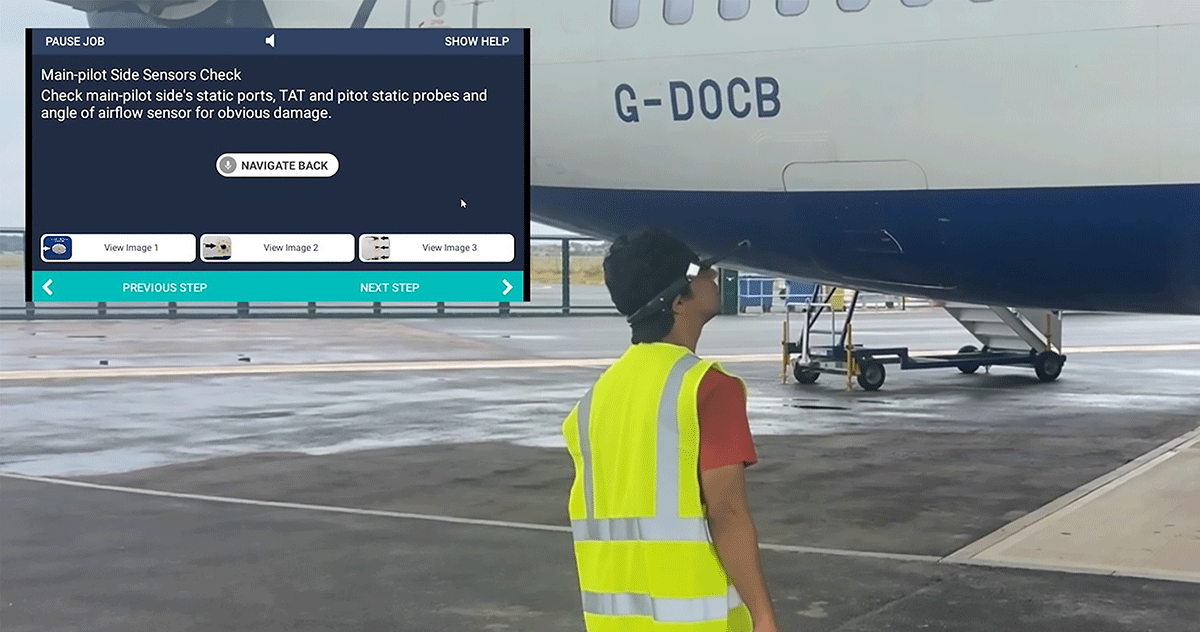
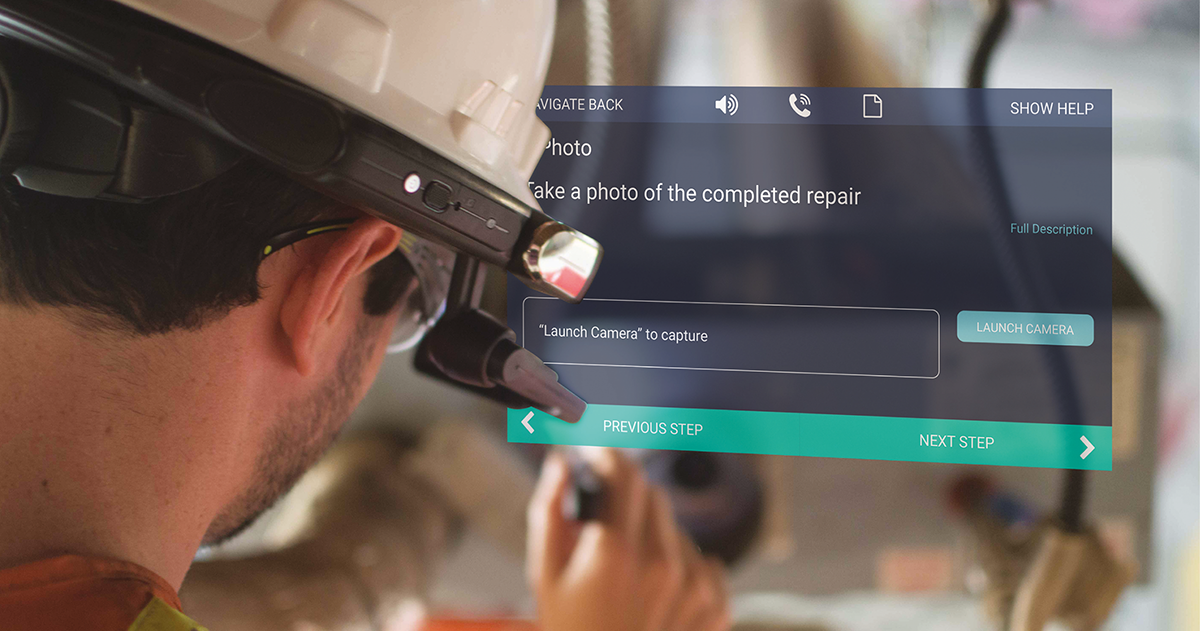
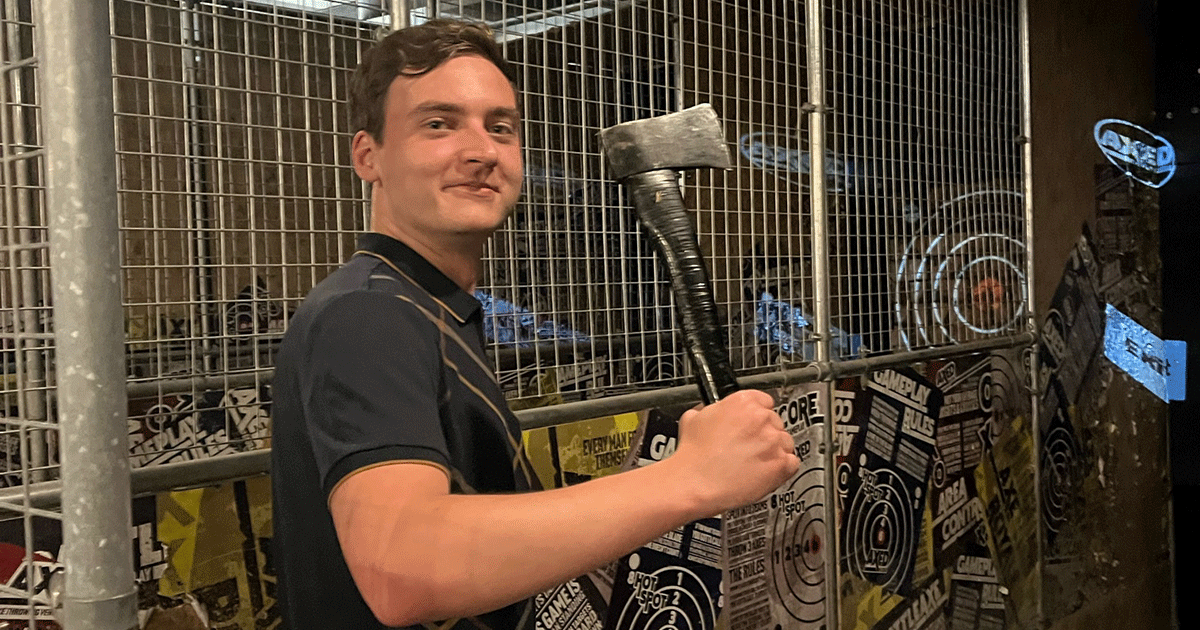
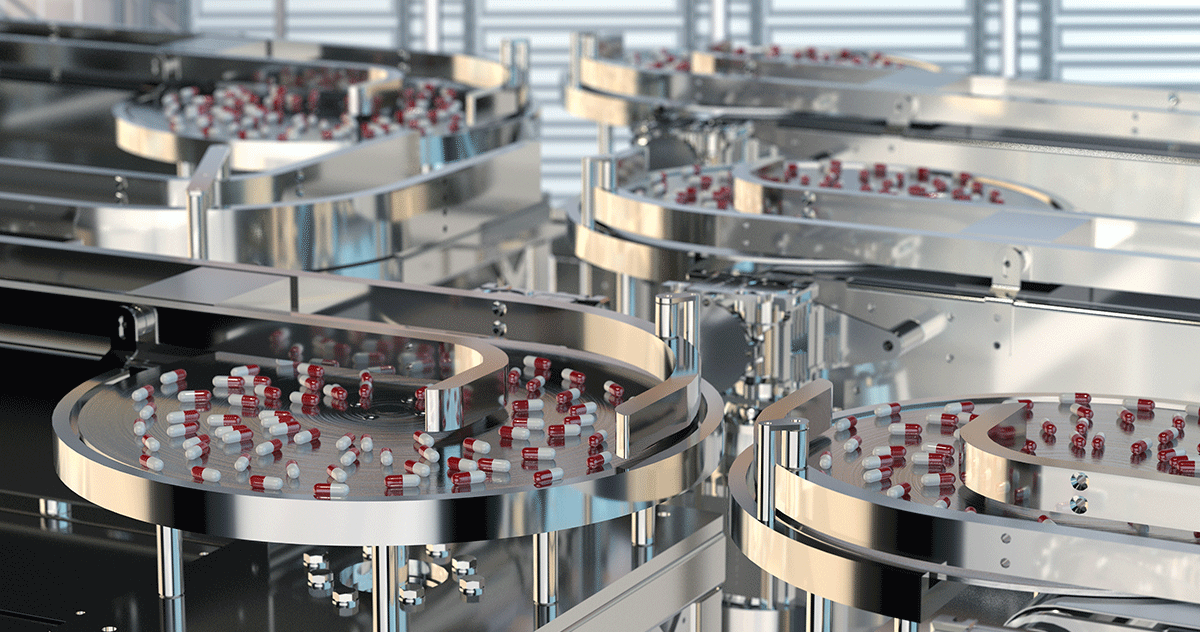
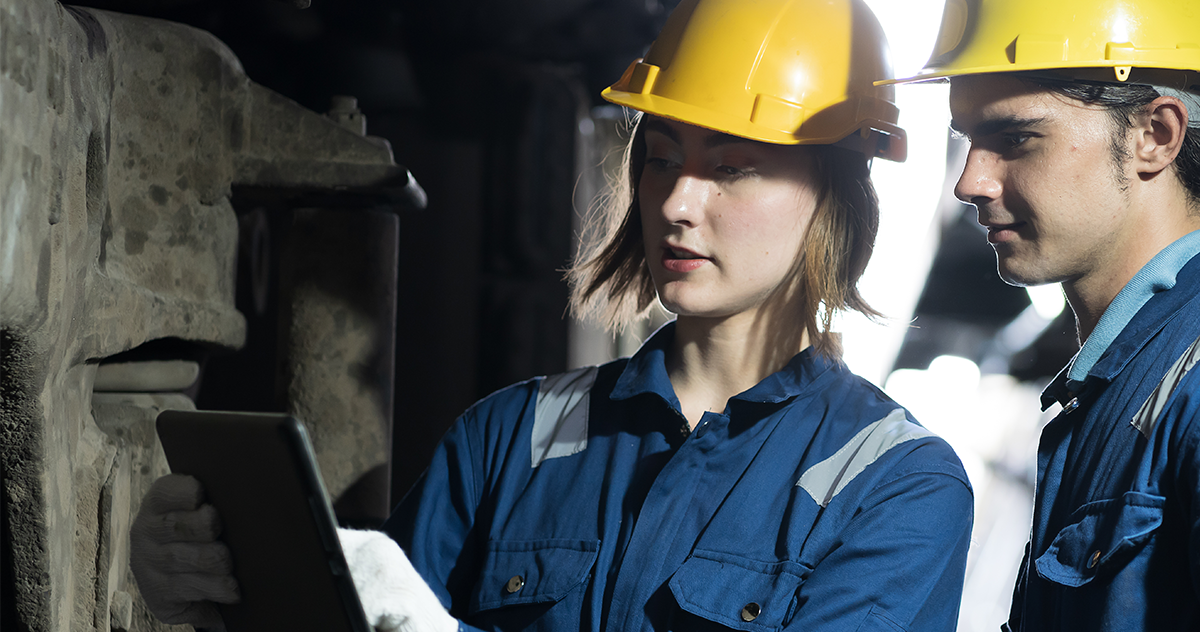
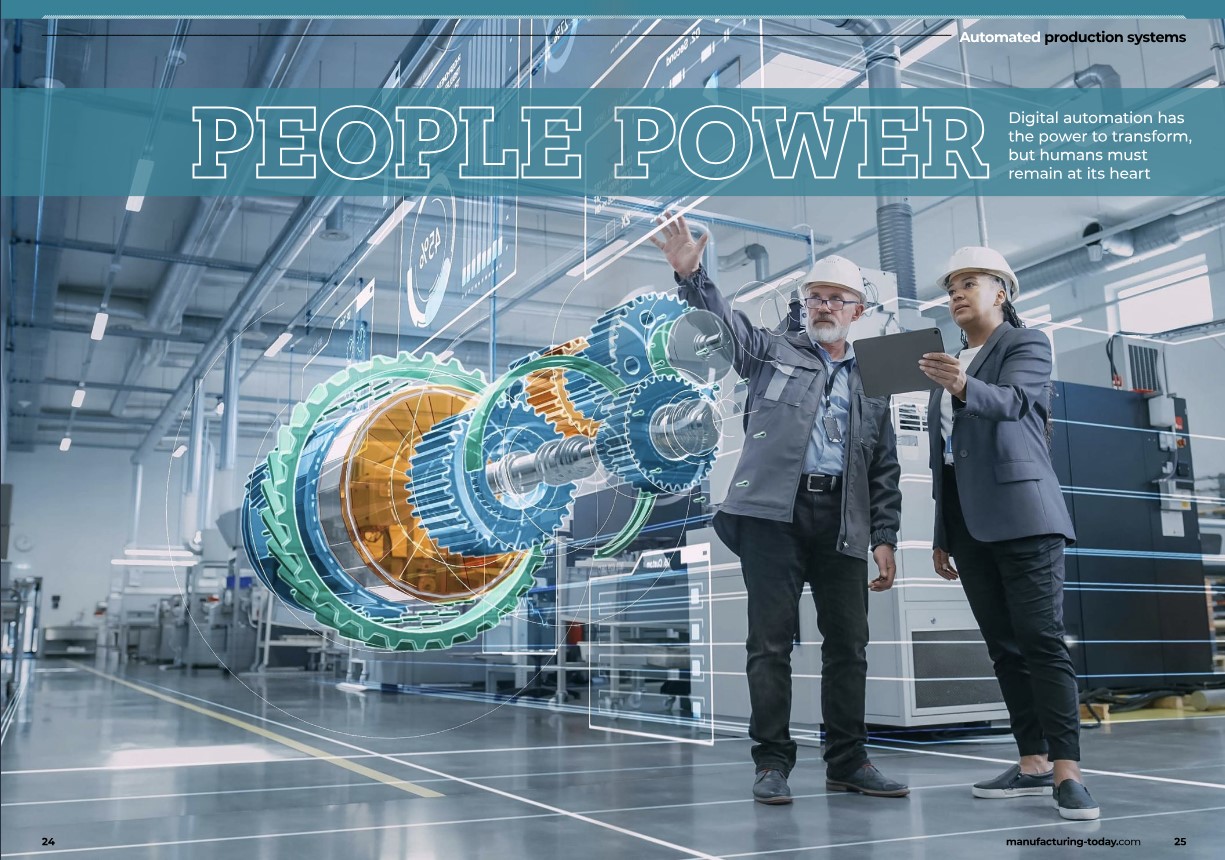

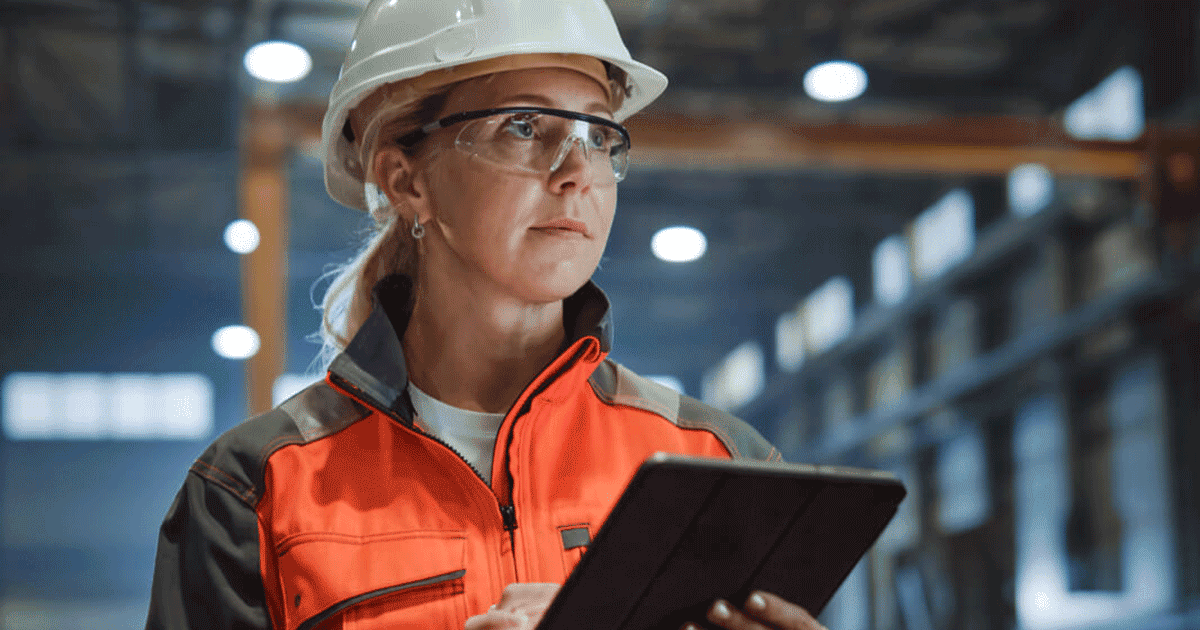


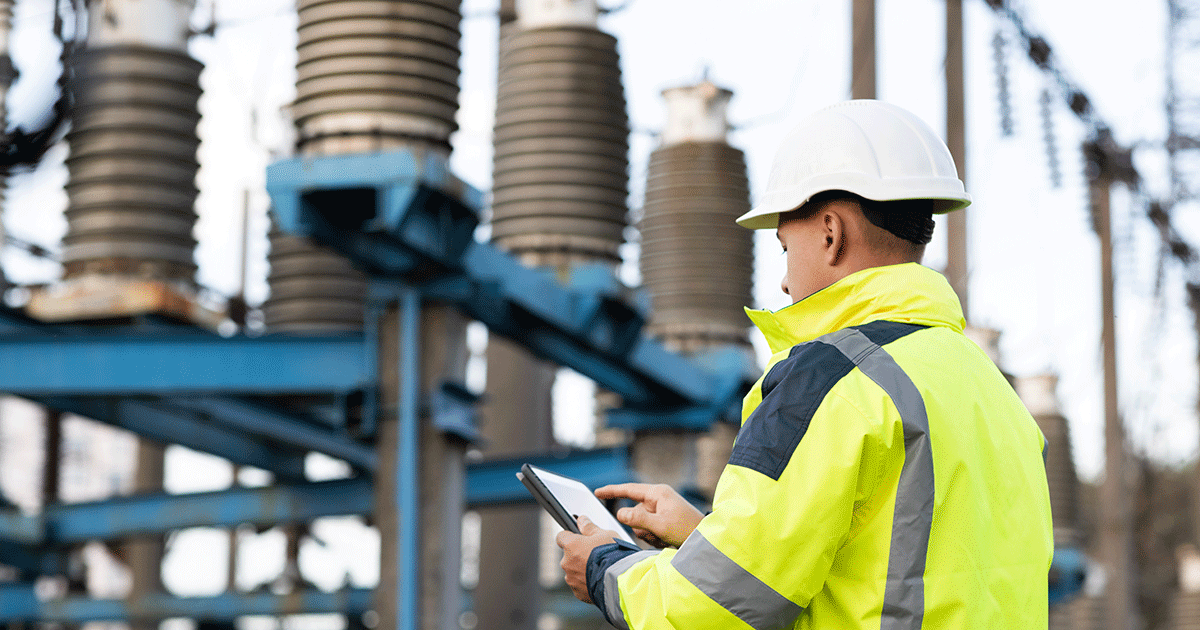

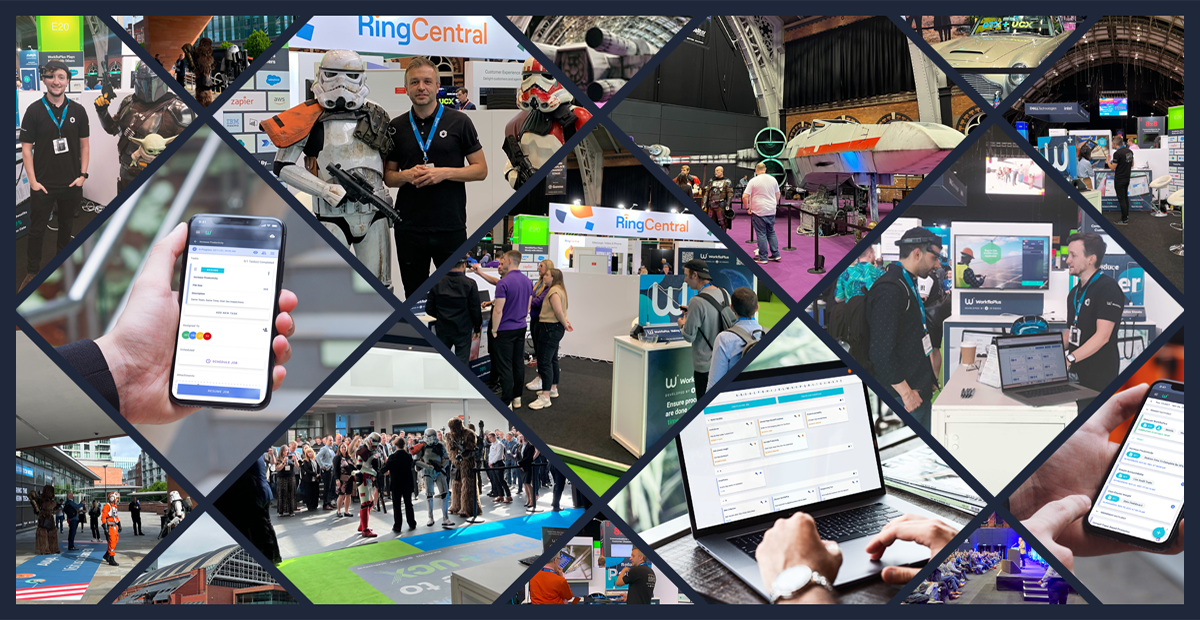






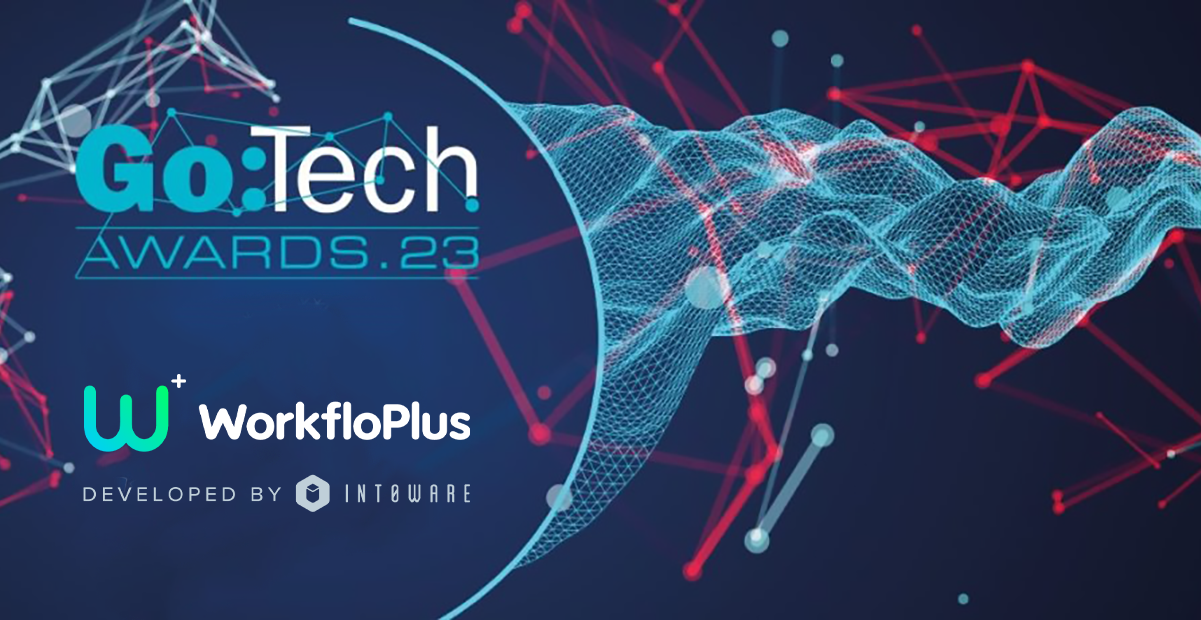
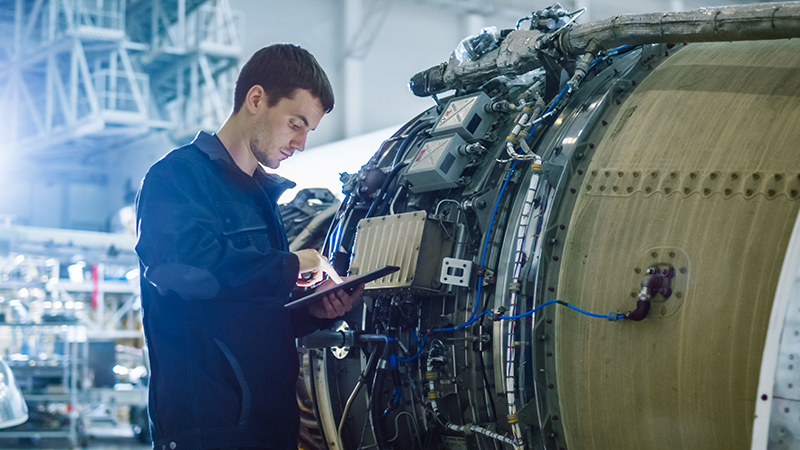




.jpg)


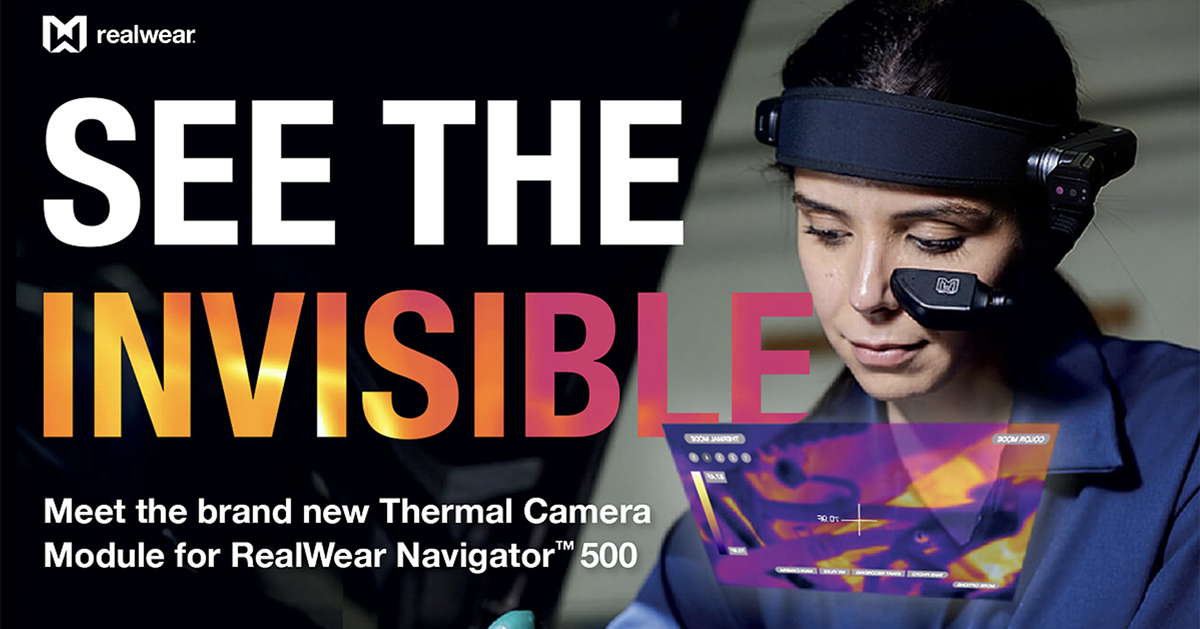
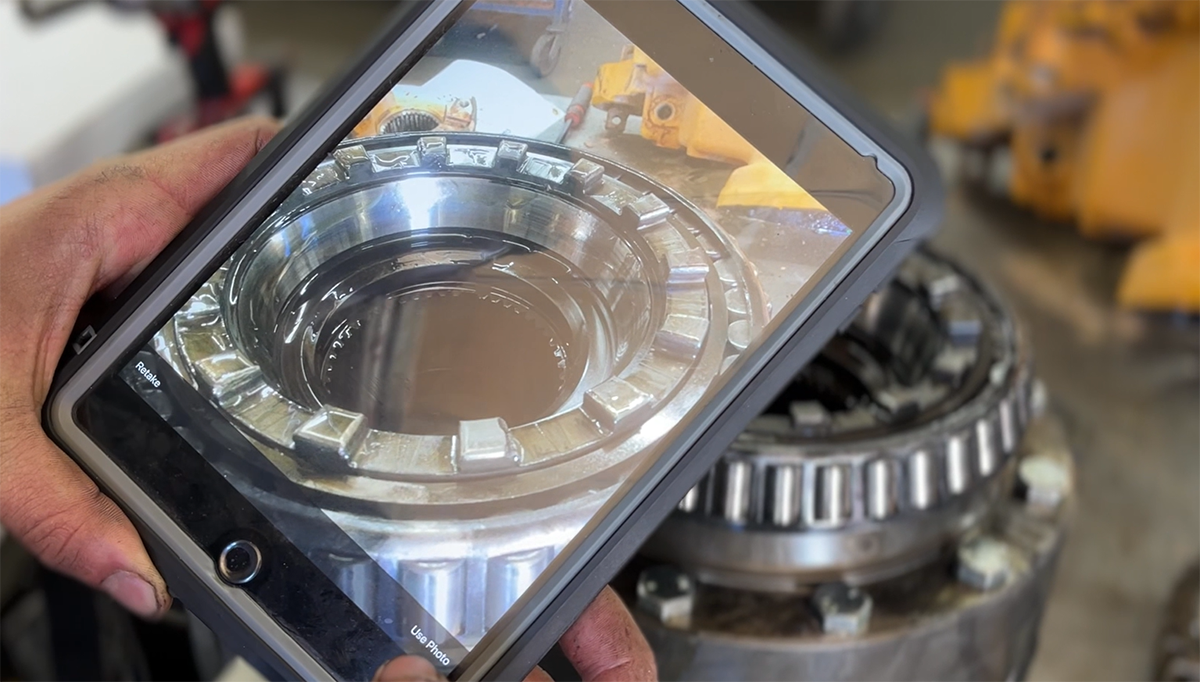


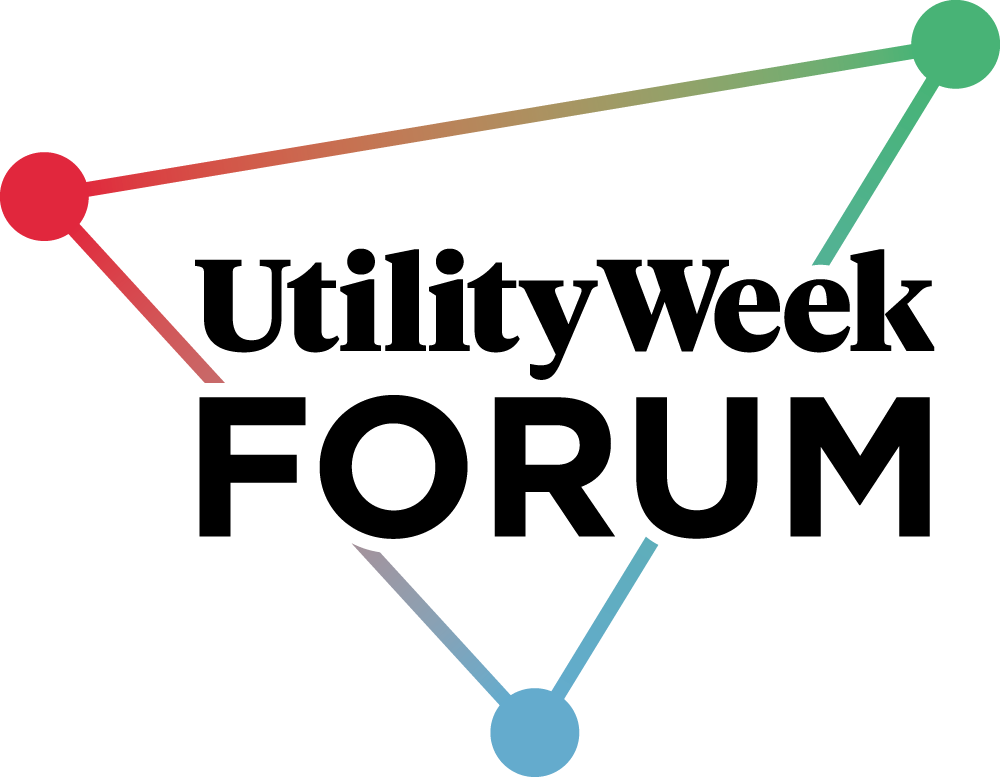

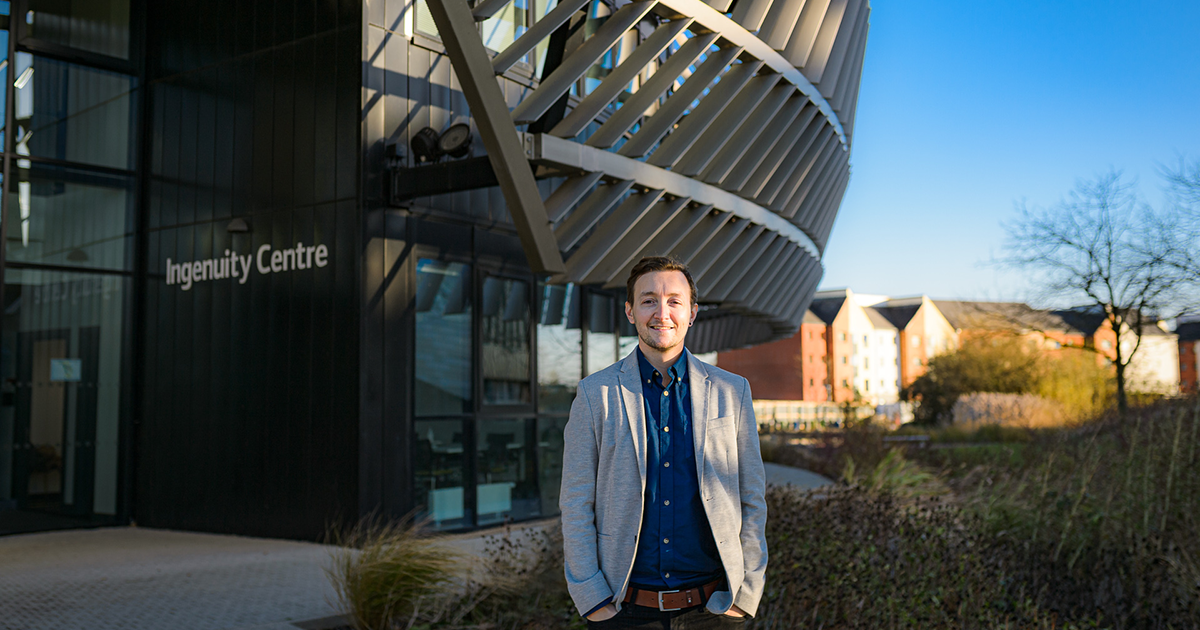
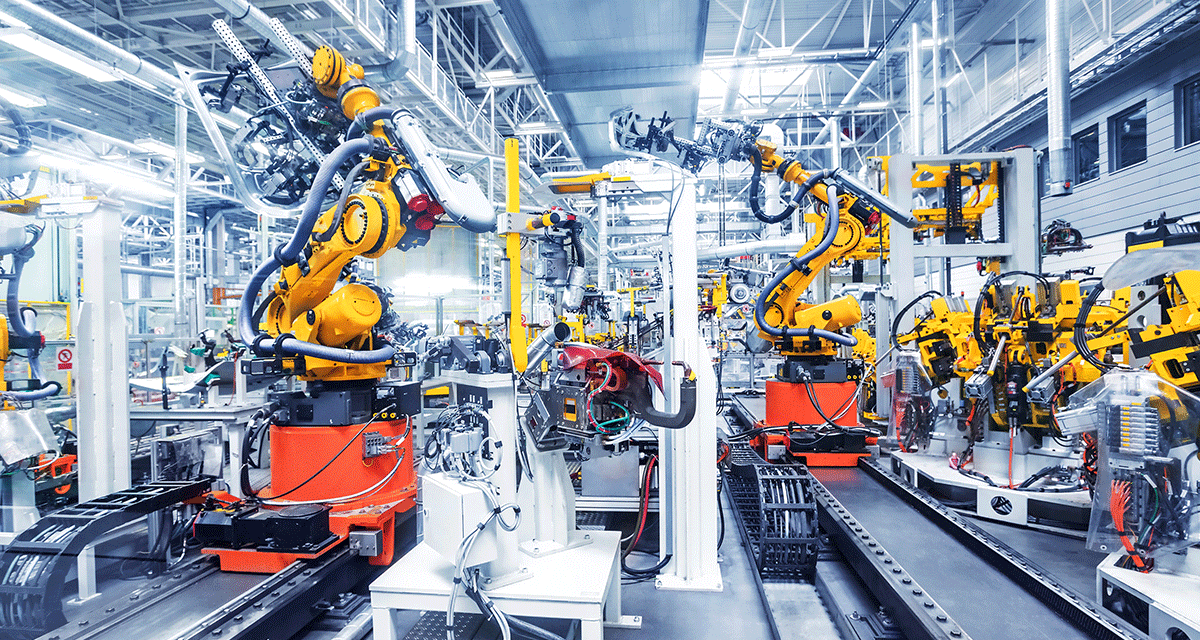
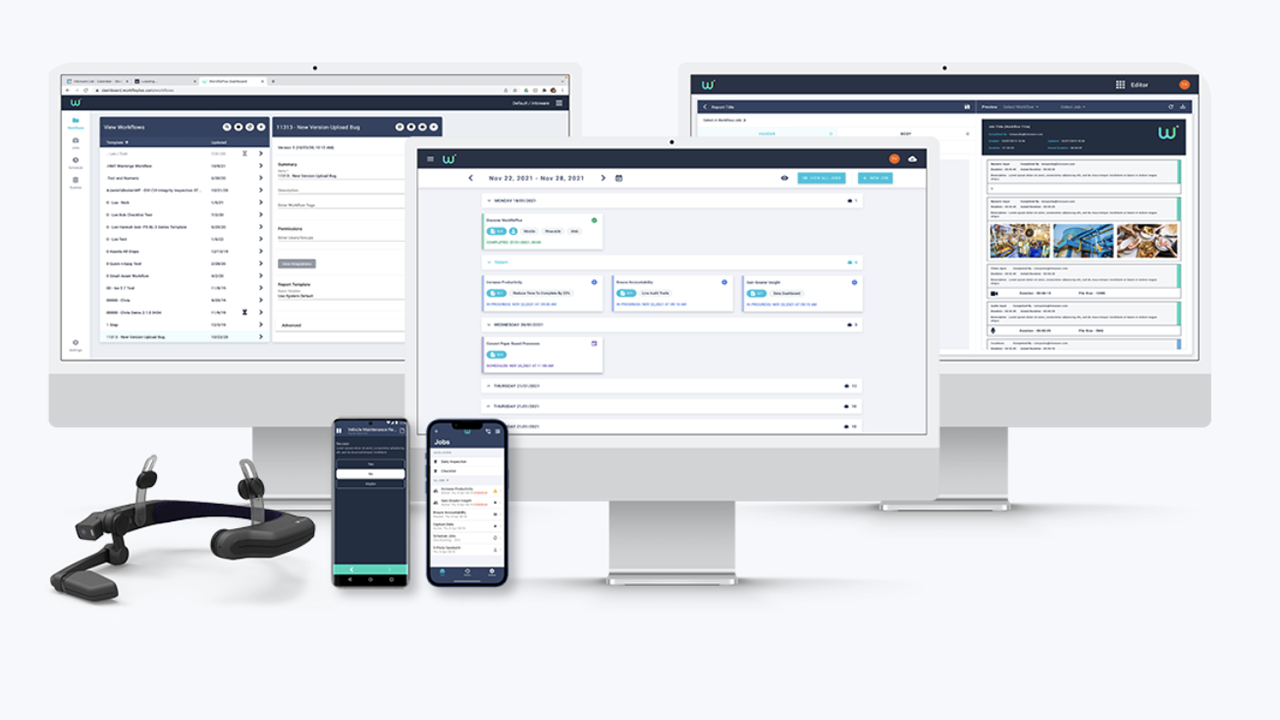



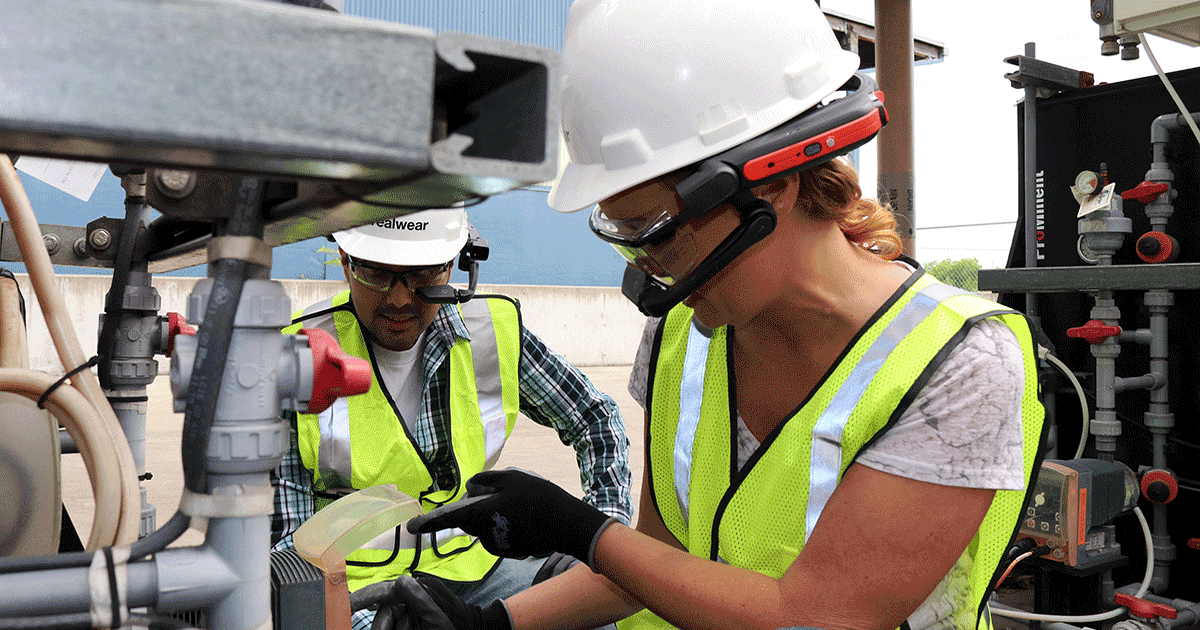
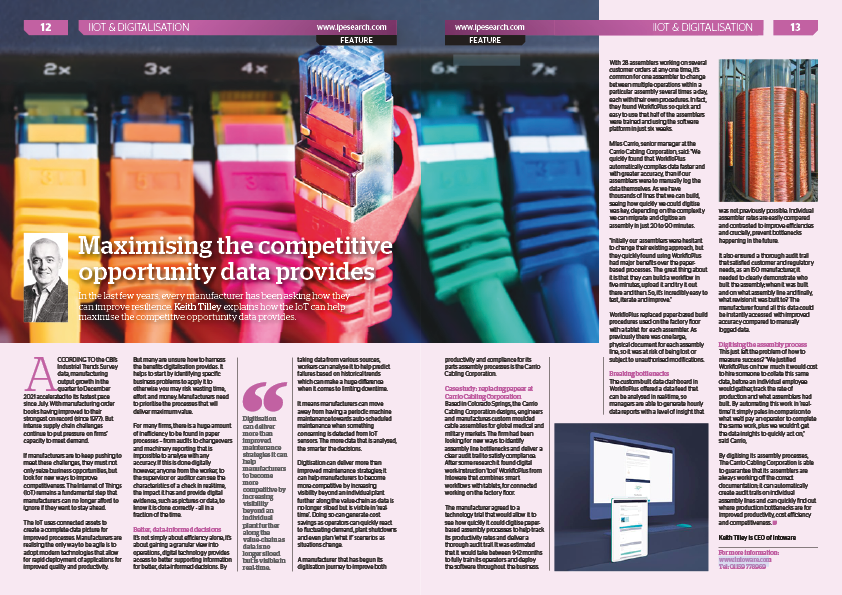
.gif)


